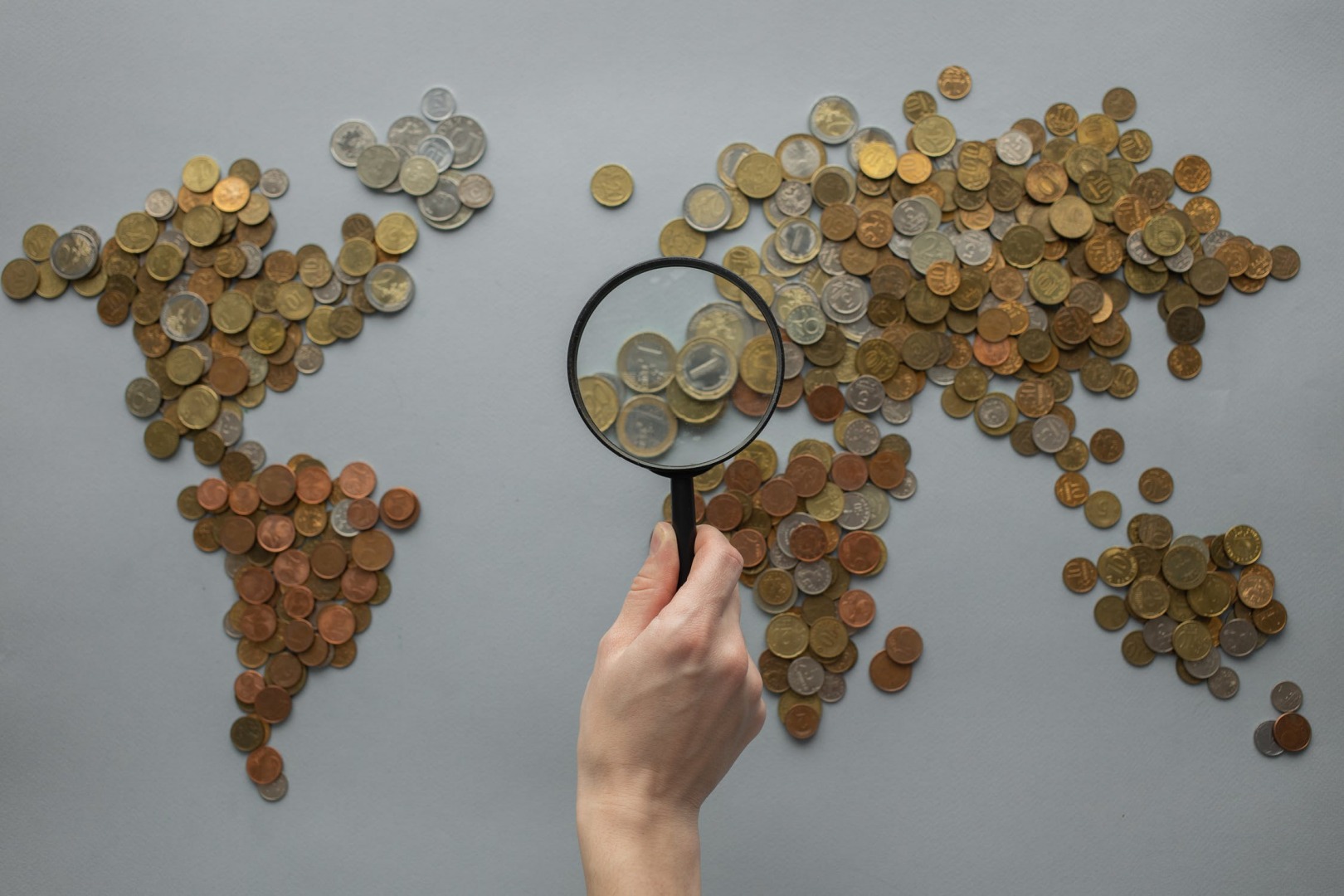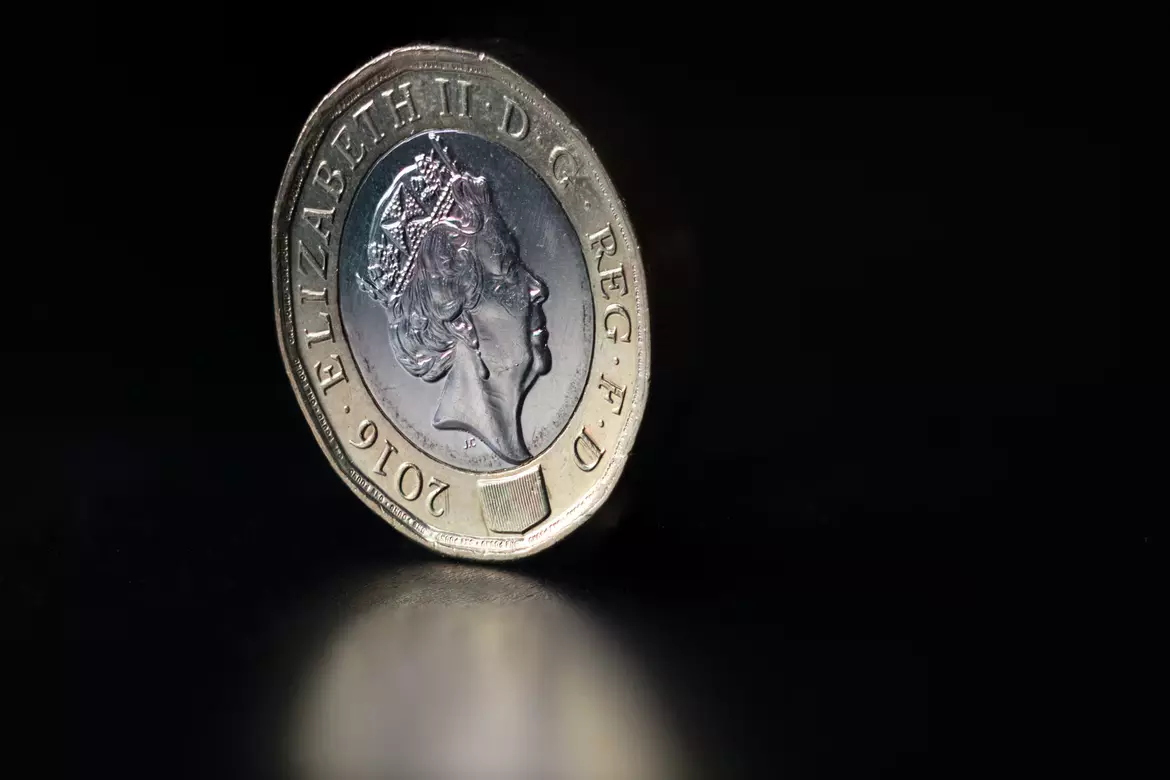Comments
- No comments found

Collecting coins is a hobby enjoyed by many people.
Coin collecting is one of the most popular hobbies in the world. As with any hobby, it's important to know how to collect coins so that you can avoid making mistakes and start building a strong collection. Here are six things about coin collecting you should know before starting your collection!

Many people might find it surprising that Great Britain has a long history of putting fictional characters on its coins. The first instance of this was in 1787 when the nation issued a few shillings with a portrait of Queen Anne, who had died before the coins were minted. In 1817 they again put an image on the coin which was not actually from that year: Charlotte Sophia, Princess Royal and heir to George III as King of Great Britain and Ireland. This time the coin also bore her mother's Latin motto "Nemo me impune lacessit" (No one provokes me unkindly). A quite intriguing one is a Paddington Bear 50p coin which was released in 2010 to commemorate the 50th Anniversary of the fictional character and is very valuable today. The most recent fictitious figure shown on British currency is Jane Austen, who graces £10 notes since 2017.
Even though a coin is from ancient history doesn't necessarily mean that it's old. Many ancient coins are worth a considerable amount of money, no matter how young they may be. This is because many ancient civilizations used what could be called "slave currency". In other words, each slave would receive a certain amount of money to purchase things he required or wanted. These pieces were minted with the image of his master, which meant that the majority of them didn't remain in circulation for very long, unlike today where we use pieces with a value below a cent.
Today it's relatively simple to purchase foreign coins without any issues when it comes to payment. But what many people don't realize when it comes to purchasing foreign coins is that their value is affected by exchange rates when the time comes to sell them. Since markets are constantly fluctuating, there's no guarantee that you will get your initial investment back or even make a profit off of the transaction. This means you should also research how much money you can get for selling your collection in advance so that an unfavorable change won't leave you with too little money.
It's easy to assume all coins are round or have roughly the same shape but this isn't the case at all. Some countries' coins are hexagonal while others opt for an octagon. Some countries use oblong, rectangular, or even pentagonal coins. These types of coins are often referred to as "token-coins", which is because they were used during the 17th and 18th centuries in Great Britain and its colonies as a way of creating change.
Coins have gone through many changes throughout history, especially when it comes to their color. Some nations preferred silver while others went for gold or another type of metal such as copper or iron. But the most interesting thing about the metals used for minting coins wasn't their color but rather what they contained: cowry shells, tobacco, and salt were just a few items that served as currency at one time or another.

Today a coin is a piece of currency that circulates within a nation and whose value is based on the metal it's made from, while a medal is an award given for bravery or excellence in sports, science, or some other field. But this wasn't always the case: once upon a time medals were simply golden coins used by royalty and sometimes others with high social status. Their use was so widespread that eventually, they became common among ordinary citizens as well, which led to their appearance on postcards, photographs, and even playing cards. Nowadays their main distinguishing feature is that they don't carry any monetary value and are not circulated like regular coins.
Coins can be quite valuable, either due to their age or the fact that they contain materials such as silver, gold, and diamonds. This means that it's necessary to take precautions when buying coins to avoid being scammed by counterfeiters. It is also important not to confuse coins with medals, which have a much shorter but similarly interesting history.
Leave your comments
Post comment as a guest